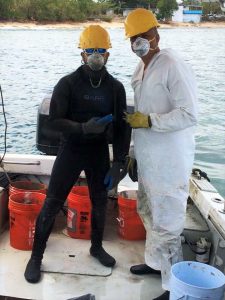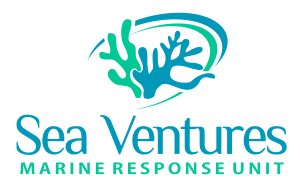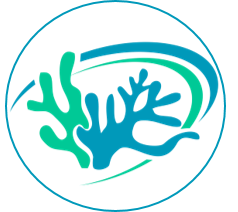Sea Ventures promotes safe, effective dive operations through open communication, state-of-the-art training, and planning. The MRU team operates under the American Academy of Underwater Sciences (AAUS) Standards for Scientific Diving to maximize the protection of our divers and to ensure that all projects are executed with health and safety as a primary concern. All MRU divers undergo strict dive and safety training and implement Sea Ventures’ health and safety plans which are tailored to each project.
Training
Sea Ventures' MRU divers undergo strict dive and safety training. All of our divers are certified emergency oxygen providers and First Aid/CPR providers. Additional dive and safety certifications of our team members include the following:
Plans & Procedures
Health & Safety Plan
All personnel abide by the Sea Ventures Health & Safety Plan which includes a description of potential hazards in the operations area, steps to prevent health problems (e.g., hyperthermia), emergency contact information for all team members, and a detailed Emergency Medical Response Plan specifically tailored to the operations and locations of the project.
Dive Operations Plan
For each dive operation, Sea Ventures' MRU develops a Dive Operations Plan and a Dive Emergency Management Plan tailored specifically to the project. The Dive Operations Plan includes the dive plan which outlines the procedures for safe and effective execution of each dive. Dives are planned around the competency of the least experienced diver and meet the American Academy of Underwater Sciences (AAUS) Standards for Scientific Diving. The dive plan contains specific details for each dive, including diver names and certifications, estimated maximum dive depths and bottom times, pressure groups, surface intervals, and additional information for achieving the daily dive operation objectives. The Dive Operations Plan also includes anticipated surface and underwater conditions for each dive day and designates the Diving Safety Officer (DSO) who has broad technical and scientific expertise in research-related diving and who has the authority to suspend diving operations considered to be unsafe.
Dive Emergency Management Plan
The Dive Emergency Management Plan includes specific requirements for each project, such as the training and safety equipment required for each diver. For instance, this plan may include Occupational Safety and Health Standards (OSHA) procedures for operating machinery and descriptions of the required Personal Protective Equipment (PPE). The Dive Emergency Management Plan includes detailed protocols for the team to follow in case of an accident requiring emergency care, recompression, and evacuation for each dive location. This Emergency Medical Response Plan includes safety requirements for each dive and emergency medical response procedures with emergency contact information for the operations area as well as maps and directions to the nearest hospitals and recompression chambers.

Search
Coral Restoration
U.S. Coral Reef Task Force
The U.S. Coral Reef Task Force has recognized MRU’s Vice President Pedro Rodriguez for his “tireless efforts to mitigate the effects of small vessel groundings through effective and dedicated reef science” and for his “successful stabilization and restoration of thousands of dislodged corals in the Caribbean”.
-
Hurricane Impact Assessment and Triage
-
Coral Reef Damage Assessment, Remediation, & Restoration
-
Mooring & Buoy Installations
-
Coral Outplant & Restoration
-
Coral Relocation & Mitigation
-
Coral Reef Restoration & Monitoring
-
Essential Fish Habitat Assessment
-
Emergency Reef Restoration, Monitoring, & Reporting
-
Small Vessel Groundings
-
MARINE RESPONSE UNIT

